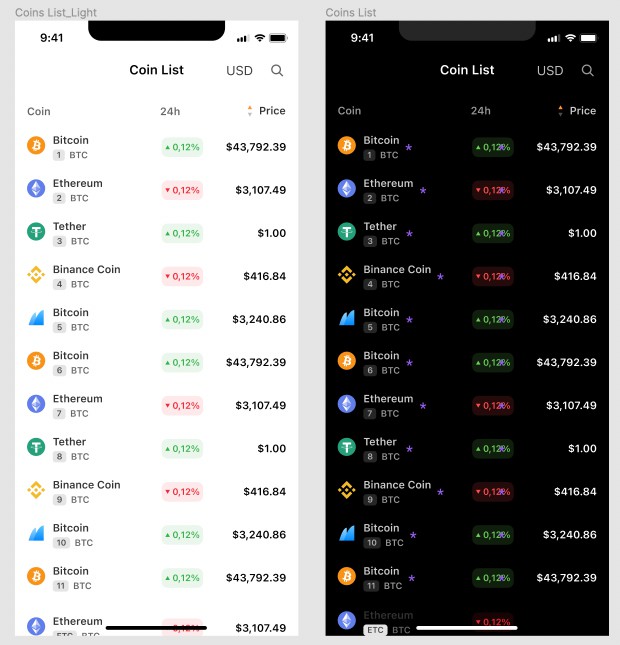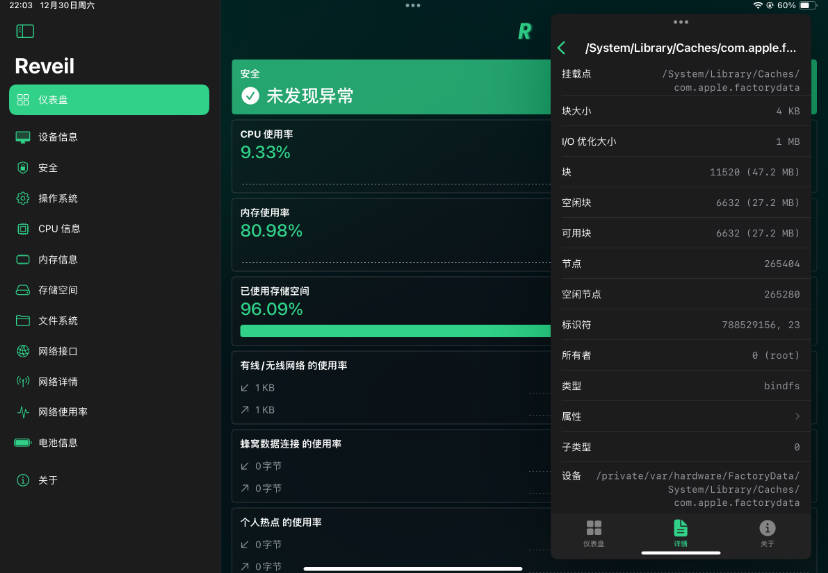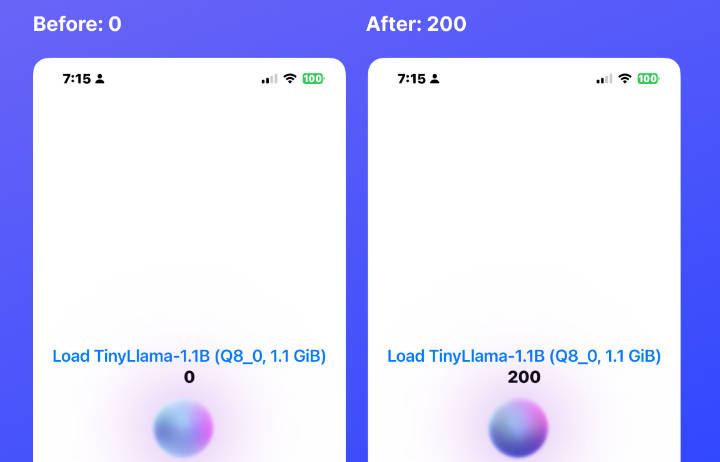Reeeed: the reader mode from feeeed
Reeeed is a Swift implementation of Reader Mode: you give it the URL to an article on the web, it extracts the content — without navigation, or any other junk — and shows it to you in a standard format. It’s faster, more consistent and less distracting than loading a full webpage. You can pass Reeeed a URL, and get back simple HTML to display. Or you can present the all-inclusive SwiftUI ReeeederView that handles everything for you.
Features
ReeeederView: a simple SwiftUI Reader View that works on iOS and macOS. Just pass a URL and present it.Reeeederextractor: pass a URL and receive cleaned HTML. You also get metadata, like the page’s title, author and hero image.- The generated HTML supports custom themes. Default and custom themes support dark mode out of the box.
Installation
- In Xcode’s menu, click File → Swift Packages → Add Package Dependency…
- Paste the URL of this repository:
https://github.com/nate-parrott/reeeed
Alternatively, add the dependency manually in your Package.swift: .package(url: "https://github.com/nate-parrott/reeeed", from: "1.1.0")
Usage
Simplest implementation: ReeeederView
For the simplest integration, just present the batteries-included ReeeederView, like this:
import SwiftUI
import Reeeeder
struct MyView: View {
var body: some View {
NavigationLink("Read Article") {
ReeeederView(url: URL(string: "https://www.nytimes.com/2022/09/08/magazine/book-bans-texas.html")!)
}
}
}
ReeeederView also supports a dictionary of additional options:
public struct ReeeederViewOptions {
public var theme: ReaderTheme // Change the Reader Mode appearance
public var onLinkClicked: ((URL) -> Void)?
}
More flexible implementation
You can use Reeeeder to fetch article HTML directly:
import Reeeeder
import WebKit
...
Task {
do {
let result = try await Reeeed.fetchAndExtractContent(fromURL: url, theme: options.theme)
DispatchQueue.main.async {
let webview = WKWebView()
webview.load(loadHTMLString: result.styledHTML, baseURL: result.baseURL)
// Show this webview onscreen
}
} catch {
// We were unable to extract the content. You can show the normal URL in a webview instead :(
}
}
If you have more specific needs — maybe want to fetch the HTML yourself, or wrap the extracted article HTML fragment in your own template — here’s how to do it. Customize the code as necessary:
Task {
// Load the extractor (if necessary) concurrently while we fetch the HTML:
DispatchQueue.main.async { Reeeed.warmup() }
let (data, response) = try await URLSession.shared.data(from: url)
guard let html = String(data: data, encoding: .utf8) else {
throw ExtractionError.DataIsNotString
}
let baseURL = response.url ?? url
// Extract the raw content:
let content = try await Reeeed.extractArticleContent(url: baseURL, html: html)
guard let extractedHTML = content.content else {
throw ExtractionError.MissingExtractionData
}
// Extract the "Site Metadata" — title, hero image, etc
let extractedMetadata = try? await SiteMetadata.extractMetadata(fromHTML: html, baseURL: baseURL)
// Generated "styled html" you can show in a webview:
let styledHTML = Reeeed.wrapHTMLInReaderStyling(html: extractedHTML, title: content.title ?? extractedMetadata?.title ?? "", baseURL: baseURL, author: content.author, heroImage: extractedMetadata?.heroImage, includeExitReaderButton: true, theme: theme)
// OK, now display `styledHTML` in a webview.
}
How does it work?
All the good libraries for extracting an article from a page, like Mercury and Readability, are written in Javascript. So reeeed opens a hidden webview, loads one of those parsers, and then uses it to process HTML. A page’s full, messy HTML goes in, and — like magic — just the content comes back out. You get consistent, simple HTML, and you get it fast.
Of course, these libraries aren’t perfect. If you give them a page that is not an article — or an article that’s just too messy — you’ll get nothing. In that case, reeeed will fall back to displaying the full webpage.
Updating the Postlight Parser (formerly Mercury) JS
Last updated September 18, 2022 (v2.2.2)
- Replace the
Sources/Reeeed/JS/mercury.web.jsfile with a new one downloaded from the project repo - Ensure the demo app works.
Things I’d like to improve
- Readability JS package is a few months old. They need to be updated. Ideally, this would be (semi) automated.
- The API could use a bit of cleanup. The naming and code structure is a bit inconsistent.
- Reeeed depends on two different HTML manipulation libraries: SwiftSoup and Fuzi. Fuzi is much faster, so I’d like to migrate the remaining
SwiftSoupcode to use it ASAP, and remove the dependency. - Some day, I’d like to write a fully-native renderer for extracted content.
- Tests would be nice ?






